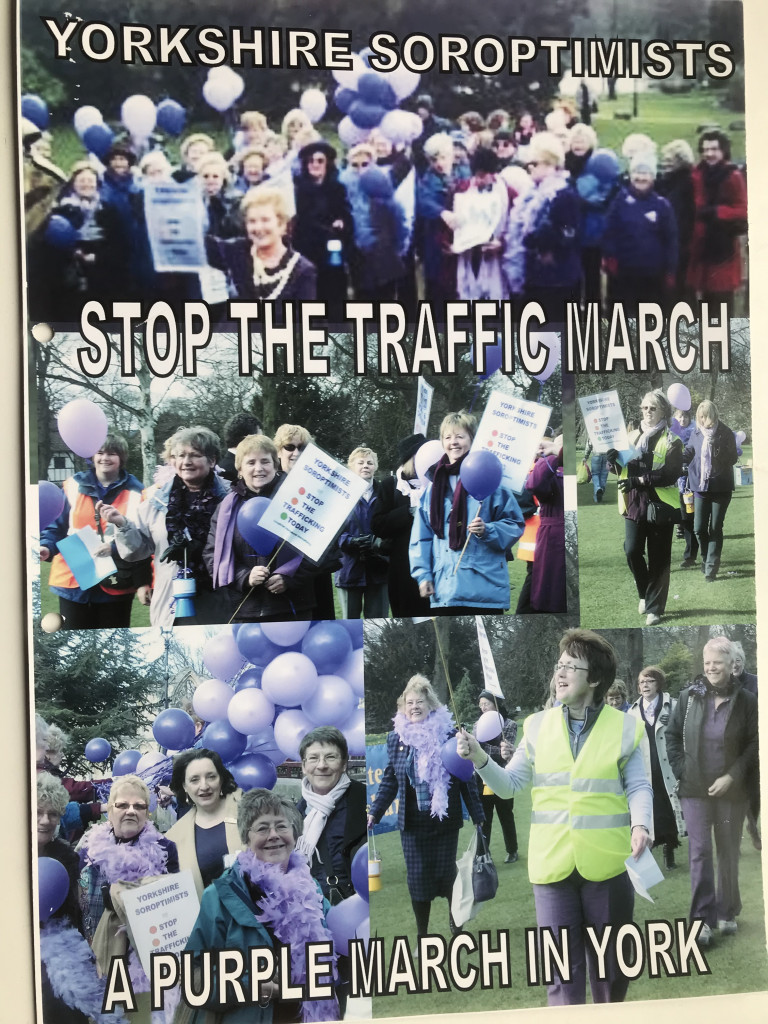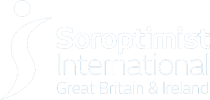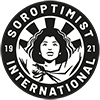Modern Day Slavery
What is Modern Day Slavery?
Modern slavery is the illegal exploitation of people for personal or commercial gain. It covers a wide range of abuse and exploitation including sexual exploitation, domestic servitude, forced labour, criminal exploitation and organ harvesting. It also involves human trafficking.
Victims of modern slavery can be any age, gender, nationality and ethnicity. They are tricked or threatened into work and may feel unable to leave or report the crime through fear or intimidation. They may not recognise themselves as a victim.
What is human trafficking?
The UN defined human trafficking as the ‘recruitment, transportation, transfer, harbouring or receipt of persons by means of threat, or use of force, coercion or deception…to achieve the consent of a person having control over another person, for the purpose of exploitation’.
Victims of slavery often do not fit a stereotype: Victims of slavery and human trafficking can come from a variety of backgrounds including those who are well educated and from wealthy families. Adult men and boys can be victims of trafficking in similar types of exploitation to women and girls, and many victims of slavery come from the UK as well as abroad. Traffickers may also not fit an expected profile and may appear to be outwardly respectable and likeable people.
Is slavery legal?
In the 21st Century, almost every country has legally abolished chattel slavery, but the number of people currently enslaved around the world is far greater than the number of slaves during the historical Atlantic slave trade. However, there are an estimated 40.3 million slaves worldwide. Of these, 71% are women and girls. Children make up 25% and account for 10 million slaves worldwide.
How prevalent is it in the UK?
It is difficult to calculate the number of victims in the UK as exploitation is often ‘unseen’. In 2019, 10,627 potential victims were identified and referred to the National Referral Mechanism (NRM), where they were provided with specialist support. This was an increase of 52% from 2018. The most common type of slavery in the UK was forced labour, but in 2019, officials started splitting this into a new category of criminal exploitation. The change revealed that the majority of these were children (i.e. under the age of 18) who were being forced into drug running in county lines by drug gangs in large towns and cities.

What are Soroptimists doing?
SIYAMS encourage clubs to raise awareness in their area, particularly on Anti-Slavery Day (18th October) Leaflets, which encourage people to look for the signs of people being exploited into slavery, and give the Modern Slavery Helpline number, are distributed in shopping areas, transport stations etc, and on Social Media.
Where to find out more
To find out more about Modern Slavery here and in, the links below give further information.
https://www.unseenuk.org/modern-slavery
https://www.antislavery.org/slavery-today/modern-slavery/
https://www.nationalcrimeagency.gov.uk/what-we-do/crime-threats/modern-slavery-and-human-trafficking
https://www.theguardian.com/global-development/2013/apr/03/modern-day-slavery-explainerSIYAMS

